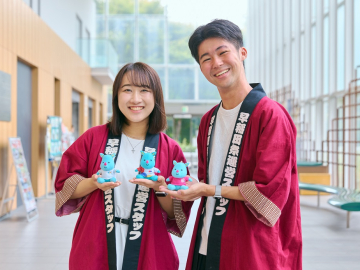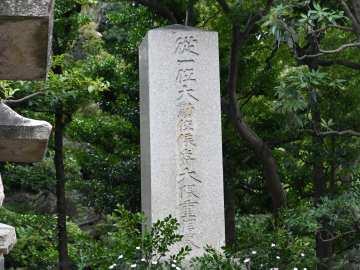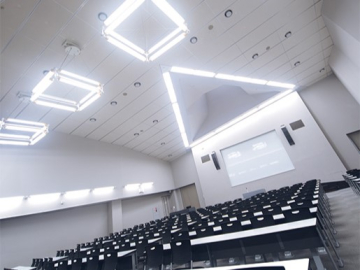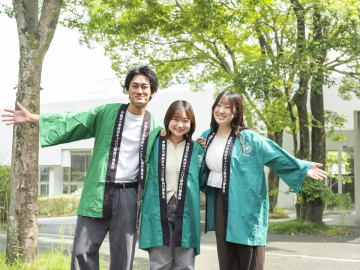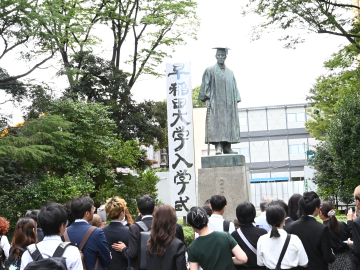Aiming to Become a Campus that Integrates with the City
Promotion of theWaseda Campus Master Plan 2023
Waseda Campus, the main campus of Waseda University, has developed to meet the needs of the times since its founding in 1882. The University formulated the "Waseda Campus Master Plan 2023" and is promoting campus development to realize a "university integrated with the city." Professor Haruhiko Goto of the Faculty of Science and Engineering, Senior Executive Vice President for Campus Planning, talks about the history of the campus development and its vision for the future.
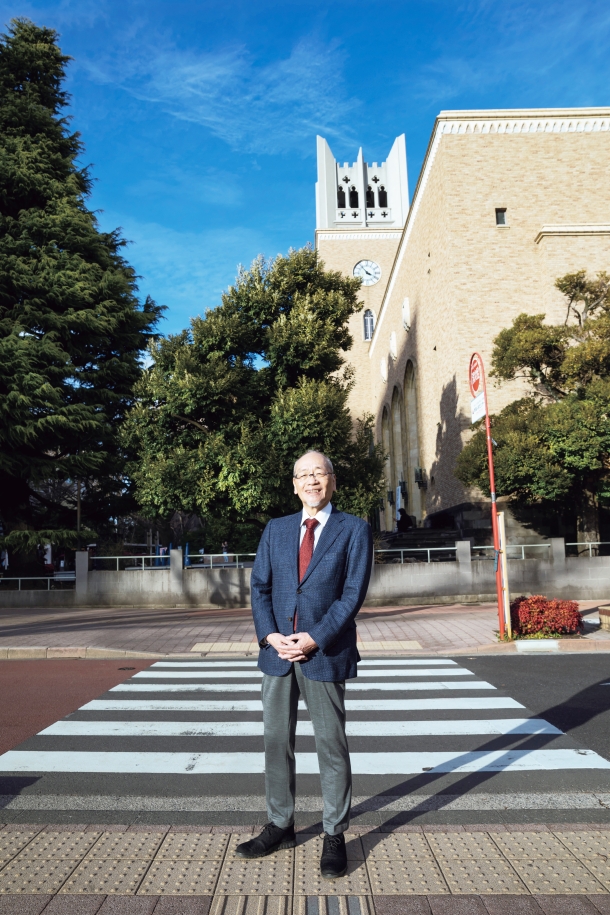
The history of Waseda campuses that have evolved to meet the needs of the times
When Waseda University was founded and had wooden school buildings, the area was surrounded by rice fields called "Waseda." Professor Koichi Sato, who was the chair of the Department of Architecture and was responsible for planning the future campus, advised then-President Sanae Takada to change the layout to a grid pattern. After that, buildings such as Okuma Auditorium, the Okuma bronze statue, and The Tsubouchi Memorial Theatre Museum were constructed one after another along the XY grid.
The Waseda campus developed to meet the needs of the times, through the first period (1882-1930), when the landscape changed from rural to urban, the second period (1950-1970), which aimed to expand the campus in line with postwar reconstruction, and the third period (1997-2022), which aimed to build high-rise buildings while preserving the historical landscape around the main gate. The main issues in the third period, which coincided with the era of the IT revolution and the rise of AI, were providing a cutting-edge research environment and building high-rise buildings to accommodate many students. At the same time, in order to preserve the campus landscape that can be called the "home of the heart," which has been passed down through the generations, Waseda has also worked on architectural designs that combine tradition and innovation. Buildings 3 and 8 bring together these ideas and technologies.
The university's intellectual assets contribute to the development of the local community
From the fourth phase, in 2023, campus development will be carried out in line with the Waseda Campus Master Plan 2023. The goal is to become a university that is integrated with the city. The city surrounding the university is treated as a campus. In Europe, there are already examples of universities as intellectual industries leading urban development. The positive effects that universities have on the local community are significant, including the community and environmental activities brought about by students and faculty, the role of the campus as a disaster prevention base, and economic contributions through industry-academia collaboration based on intellectual property. It is important for universities to seep into the real urban space of education and research and link them to social contribution activities. We thought that Waseda University's open attitude to society, symbolized by the "Gate Without a Gate *1," resonates with this philosophy.
New Building No. 9 to open as a new intellectual hub in 2027
At the same time, we need to improve our campuses to keep up with the times. The COVID-19 pandemic confirmed the educational effectiveness of "hybrid learning," in which students take classes online from home while also conducting exercises and discussions with their peers and TAs *2 at university, and this has created a growing need for smaller spaces rather than large classrooms. We will increase the number of creative spaces, including learning commons and pocket parks, so that innovative ideas can be born from serendipitous encounters.
Furthermore, addressing environmental issues is essential for contributing to the local community. Universities, among business operators, produce a large amount of greenhouse gas emissions, and therefore bear a great responsibility. Our university issued a "Carbon Neutral Declaration" in 2021, and aims to achieve virtually zero CO2 emissions at each campus by 2032, the 150th anniversary of our founding.
Against this background, construction of theNew Building 9 is underway, aiming to open in 2027. Plans are to have it function as a new knowledge hub, with improvements to common spaces such as lounges and reading rooms, relocation of the Waseda Portal Office, the university's one-stop service hub, proactive adoption of biophilic design *3, and the creation of a "Tree Plaza" (tentative name) to preserve the "Waseda Forest."
*1 A gate without gateposts or walls, symbolizing Waseda University
*2 TA: Teaching Assistant
*3 Biophilic design: A design method that incorporates natural elements into buildings and spaces.
(Reprinted from CAMPUS NOW No. 251 2024/04)

